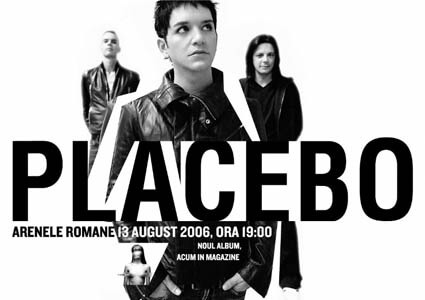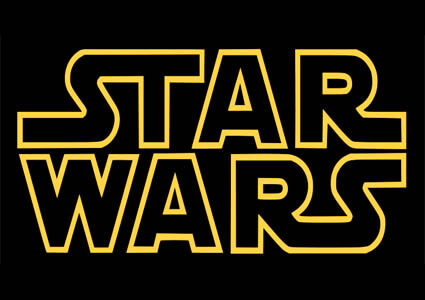Pioneering 3D Graphics Before It Was a Thing
Where Do You Learn 3D Graphics for Film Before It Even Exists?
If you wanted to break into 3D graphics and animation for film in the early '90s, you had a problem. The industry was still experimenting, schools weren't teaching it yet, and the Internet didn't exist to help you figure things out. There were no YouTube tutorials, no Udemy courses—just books. Lots and lots of books.
And so, I bought dozens of technical manuals from Barnes & Noble, choked them down, read them multiple times, and completed every single lesson. Every spare dollar I had went toward books, because I sure as hell couldn't afford a formal education at the time.
Still, I was determined.
The Orange County Regional Occupational Center – A Stepping Stone into the Future
Returning to California (again), I brought with me something most people didn't have: a personal computer workstation and some strategically acquired software. My goal? Master 3D tools before the industry even knew it needed them.
The Orange County Regional Occupational Center had an AutoCAD program that I jumped into headfirst. AutoCAD 12 with 3D extensions was cutting-edge at the time. I graduated as the top student in my class and immediately began applying what I learned to real-world projects.
Pushing 3D Graphics Before It Was Cool
While most people were still using traditional illustration and paint software, I started using CAD and 3D graphics to design full-color static logos for clients. The results were insanely good.
- The 3D software allowed me to render logos faster than traditional tools.
- The look was new and amazing—it appeared as if I had photographed a physical logo rather than drawn it.
- Clients loved it, and I quickly built a side business offering 3D-rendered branding before anyone else was doing it.
The year was 1991-1992, and while I was rendering futuristic designs, Jurassic Park was already in development. Spielberg—who was already my favorite director—was about to change the game for CGI in film. Little did I know, I would eventually graduate from his alma mater, CSULB.
Building a Powerhouse Workstation – With Donna's Help
Of course, all this 3D wizardry required some serious hardware. That's where Donna was invaluable.
Donna believed in me so much that she maxed-out her credit card to help me build my first serious workstation. That's true love, trust, and faith right there.
The Specs:
- Intel 386 processor with a math co-processor (a must for 3D work)
- A whopping 8MB of RAM (because why not go all out?)
- A massive 130MB hard drive (yes, megabytes!)
- A gargantuan 15” CRT monitor that weighed almost 50 pounds
The Software Arsenal – The Best Tools (One Way or Another)
I made sure to get my hands on the best 3D software available, including:
- AutoCAD 12 with 3D extensions (great for precise modeling)
- 3D Studio by AutoDesk (a game-changer for animation)
- WaveFront (workstation-class software, later used in big-budget productions)
- A few other high-end 3D packages (because one was never enough)
Recreating Star Wars Battles & Learning Animation the Hard Way
One of my biggest early projects was recreating famous battle scenes from Star Wars using 3D models. I built a library of as many Star Wars ships and vehicles as I could find and got to work.
The most challenging? The AT-AT Walker Battle from The Empire Strikes Back.
The problem?
No surface detection. This meant keeping the AT-AT's feet from melting into the ground was a nightmare. I had to manually adjust everything, frame by frame, just to get a believable motion.
The World's First Fully Computerized Feature Film? Almost.
Shortly after that, I embarked on an even crazier project—one that, if completed, might have been the first feature-length animated movie made entirely with computer graphics.
The project was called rAnt.
- The story revolved around a red ant in a world of black ants.
- I planned to work around the limitations of the technology by using photographic backgrounds combined with poly-primitive characters.
- The ants were animated, talked, and had their own little world.
It was ambitious. It was groundbreaking. It was... doomed.
Before I could finish it, Toy Story (1995) happened, proving that Pixar had the horsepower I didn't. In retrospect, even if I had continued, I would have been hopelessly underpowered for a full-length feature.
Looking Back – At the Forefront of a Revolution
Being there at the beginning of 3D animation and CGI felt like being part of a secret society—a group of nerds who knew what was coming before the rest of the world caught on.
- The industry was changing right before my eyes.
- Rendering was a nightmare, but we pushed through.
- 3D graphics were about to take over Hollywood—and I had a front-row seat.
It was a wild time to be a computer nerd. And honestly? I wouldn't trade it for anything.





















